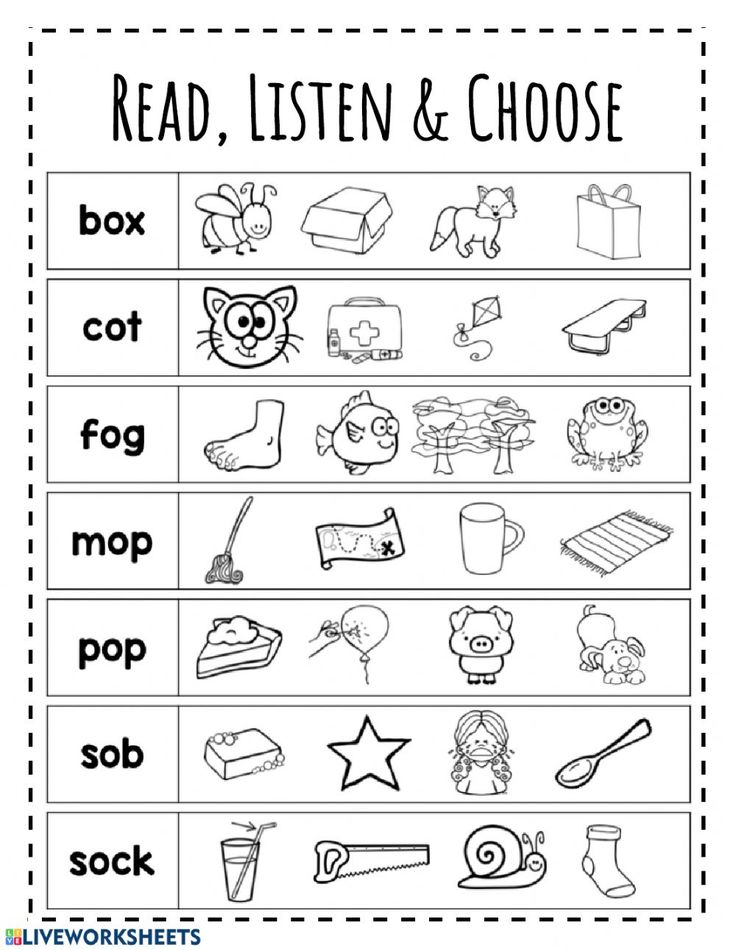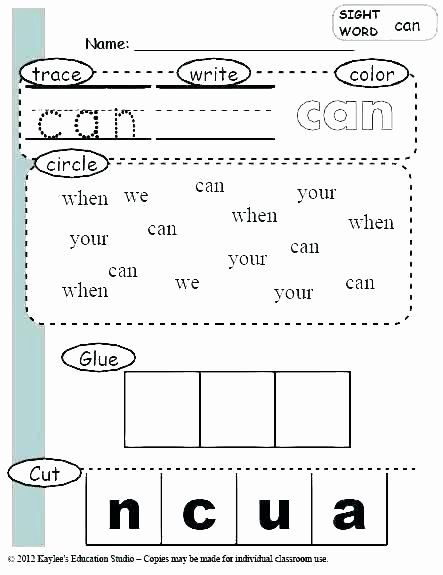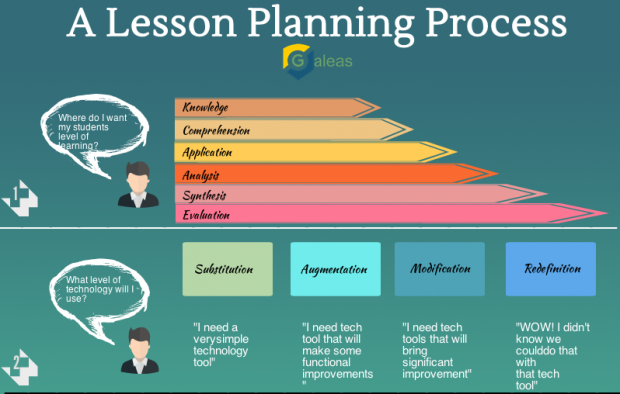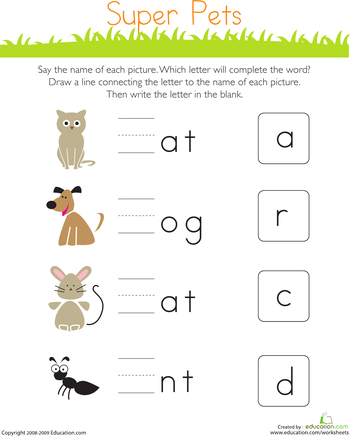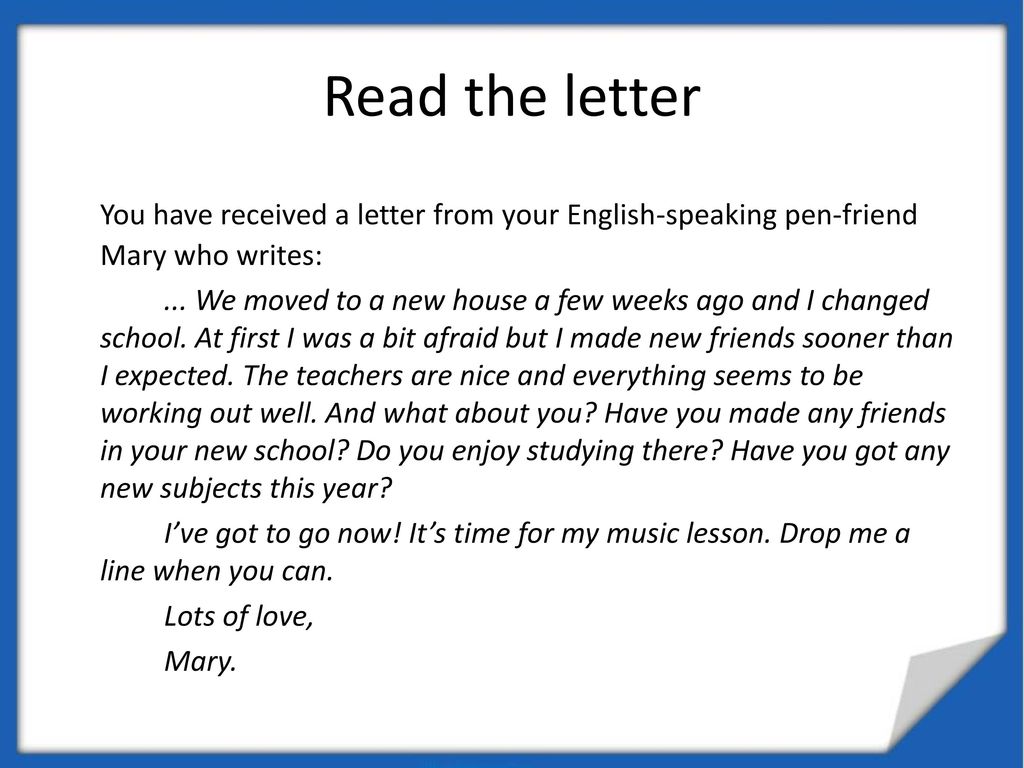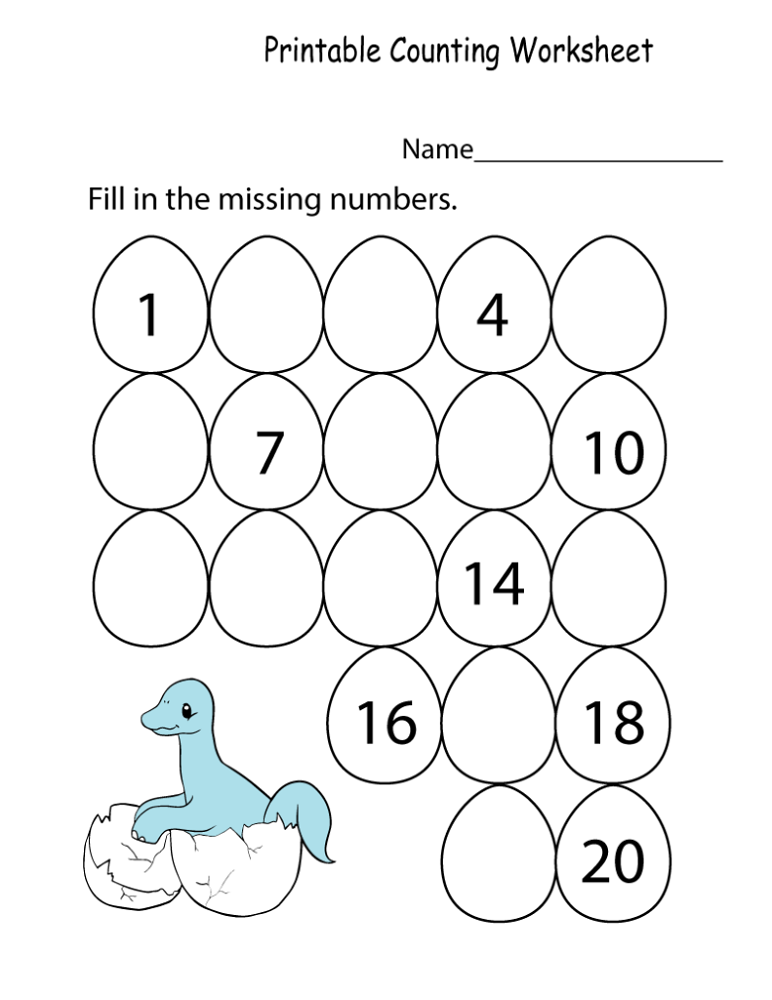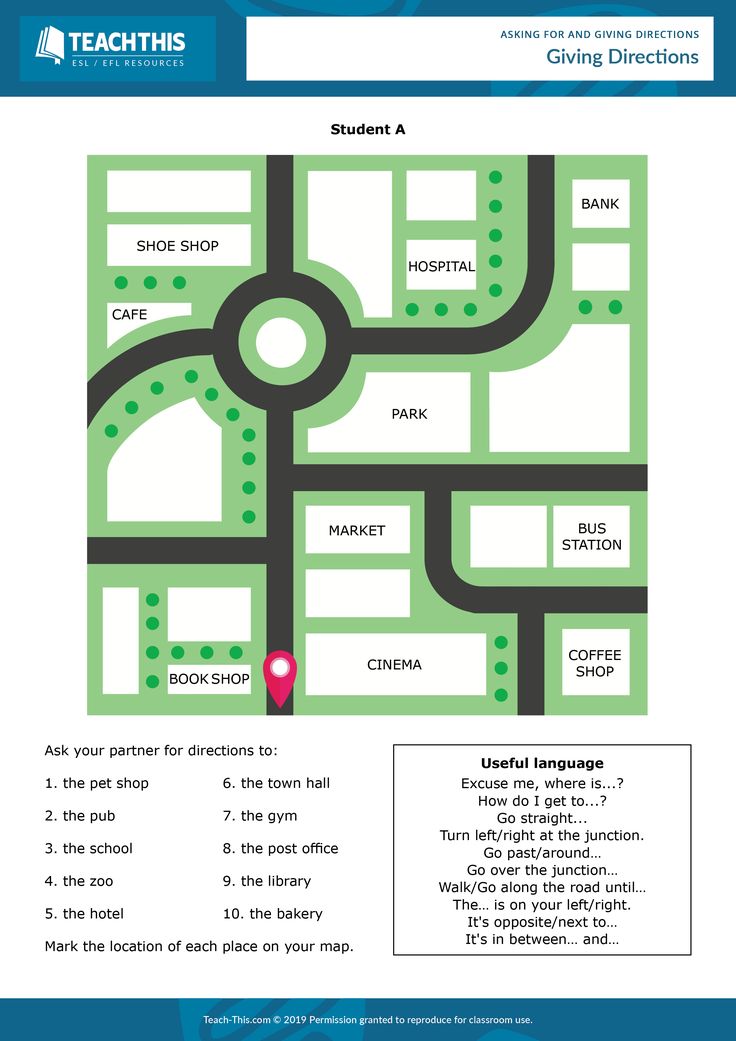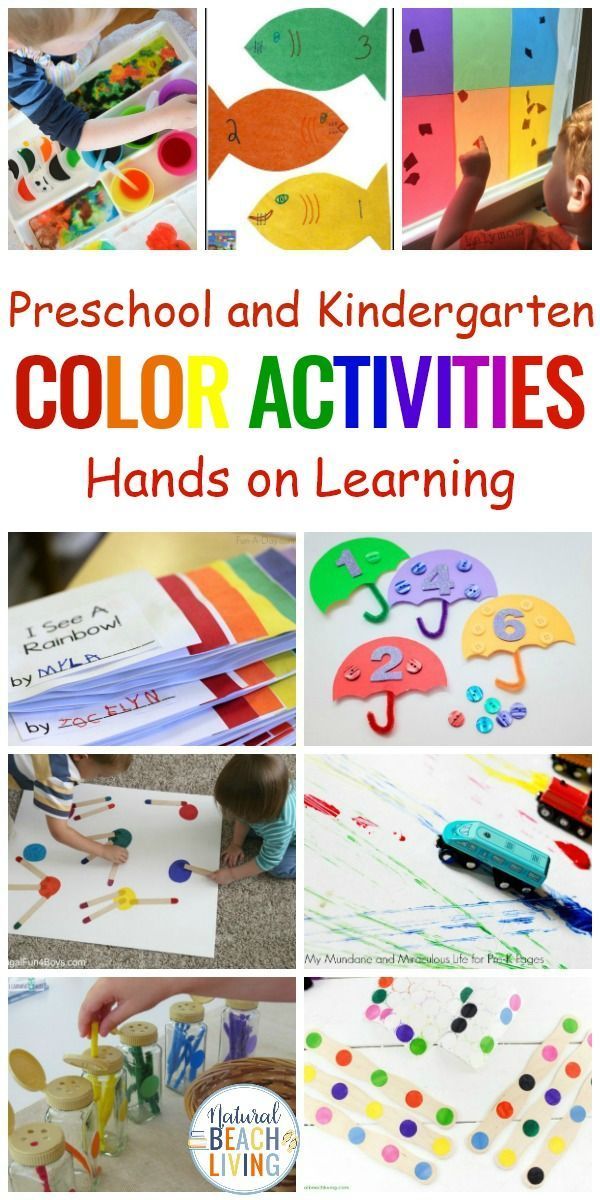Basic mathematical concepts
4 Crucial Basic Math Concepts
Search my site:
Your child's success in learning Math depends on mastering these five crucial concepts. They are essential for building a strong foundation in Math. They help your child understand and make sense of numbers and problem-solving; they strengthen his or her number sense.
The good news is that it is very easy to help your child understand these concepts. The key is to practice a few minutes several times a day. Make it a family affair so your child does not feel overly stressed. Your child or children will remember the lessons better if they had fun with it.
1. Understanding Numbers
The first concept your child must master is knowing how to read, write and understand numbers. Print out 2 sets of the number chart here. Use one set as a reference. Cut out the individual numbers from the second set.
Some ideas for you:
- read and write numbers
- recite a list of numbers forwards and backwards
- what number comes before or next
- arrange numbers in order (start with consecutive numbers)
- even and odd numbers
Print out this set of place numbers for older children.
2. More, Less or Equal
The next important concept in Math is to know how 2 numbers compare; whether one number is more, less or equal to another number.
Numbers represent quantity. Your child must first understand these types of questions.
- Amanda has 12 stickers. Benjamin has 9 stickers. Who has more stickers?
- Jack has 35 stamps. Alan has 19 stamps. Who has fewer stamps?
- Sam has 107 balloons. Jodie has 90 balloons. Who has more balloons? How many more?
- Charlie is 30-years-old. Mary is 17-years-old. Who is younger? How many years younger?
Followed by these types of questions:
- Rodney has $3 more than Janice. How much money does Rodney have if Janice has $26?
- I have 7 fewer pencils than books.
 How many books do I have if I have 20 pencils?
How many books do I have if I have 20 pencils? - John spent $11 less than Mark. How much did they spend altogether if Mark spent $15?
And these types of questions:
- 5 pencils cost the same as 2 books. Which is more expensive, the pen or the book?
- 6 apples cost the same as 10 oranges. What is the cost of 1 apple if 1 orange costs $0.60?
- Mary and James have the same amount of money. Mary spent half of her money. James spent one-third of his money. Who spent more money?
No matter how difficult the questions get, they can all be broken down into simple comparisons of more, less or equal.
3. Knowing Which Operation to Use
In Basic Maths there are actually only 4 operations your child needs to know: addition, subtraction, multiplication and division. Here are some clues to help your child decide which of these to use. Print the following graphic for your child to use as a guide.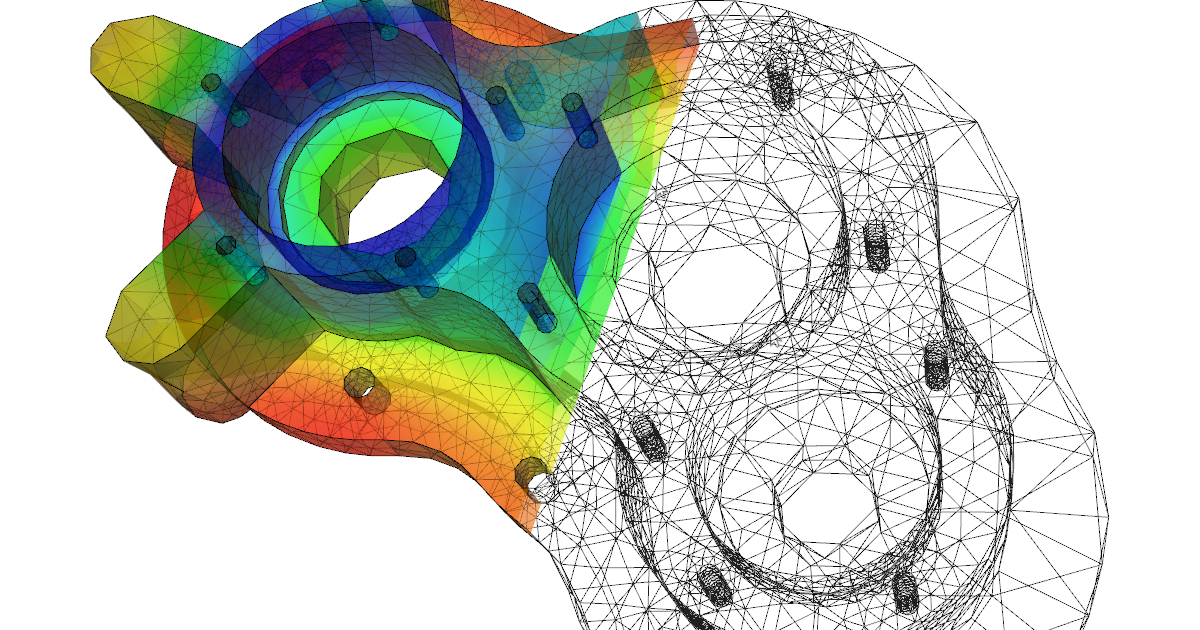
4. Different Ways to Get to the Answer
When it comes to Math, many children assume there is only one way or method to use to come up with the correct answer. If your child does not understand the teacher's method, he or she assumes that it is because he or she too stupid to understand.
You must help your child realize that there can be different ways of understanding a problem and different strategies can be used to find the answer. However, though the strategies may differ, the answer to the question must always be the same.
Play this family game: Write out simple word problems on cards. Read out a problem, then each person explains how he or she comes up with the answer.
Example
Mary has 9 sweets. She bought a few more sweets and now she has 13 sweets. How many sweets did Mary buy?
Some methods of solving:
- Say '9' then count '10, 11, 12, 13' on your fingers. Since you used 4 fingers to count, the answer is 4.

- Draw 9 circles in a row. Draw 13 circles in a second row below the first, making sure you line them up exactly. Compare the two rows and point out there are 4 extra circles in the second row. The answer is 4.
- Write the numbers 1 to 13 on a number line. Point out that after the number 9, there are 4 more numbers to reach the number 13. The answer is 4.
Play this game often and your child will become more flexible and logical in his or her thinking. He or she will automatically look for different ways to solve a hard problem. This will surely help in tackling complicated Math problems later on in school. Teach your child to ask "Is there another way of solving?" when he or she cannot understand one explanation.
This will help them realize that failure to understand does not mean they are cannot learn Math.
After your child has mastered this Math concept, introduce deliberate mistakes in your reasoning to see if your child can spot and correct them.
But do this only after your child has thoroughly understood the different strategies or you'll only end up confusing your child.
For older children, you can help them understand the properties of the different operations of addition, subtraction, multiplication and division.
Sometimes the order that these operations are used does not matter. Sometimes it does. Discuss the different strategies to find out when order matters, and when it doesn't.
Example
Max bought 3 boxes of pencils. Each box contains 12 pencils. He gave 5 pencils to his brother and 8 pencils to his sister. How many pencils does Max have left?
Methods of solving:
- To find the total number of pencils at first, you can multiple (3 x 12) or add (12 + 12 + 12).
- To find the number of pencils left, you can add first (5 + 8) and then subtract
(36 - 13). - Or you can subtract only (36 - 5 - 8).
I hope these strategies help your child excel in Maths.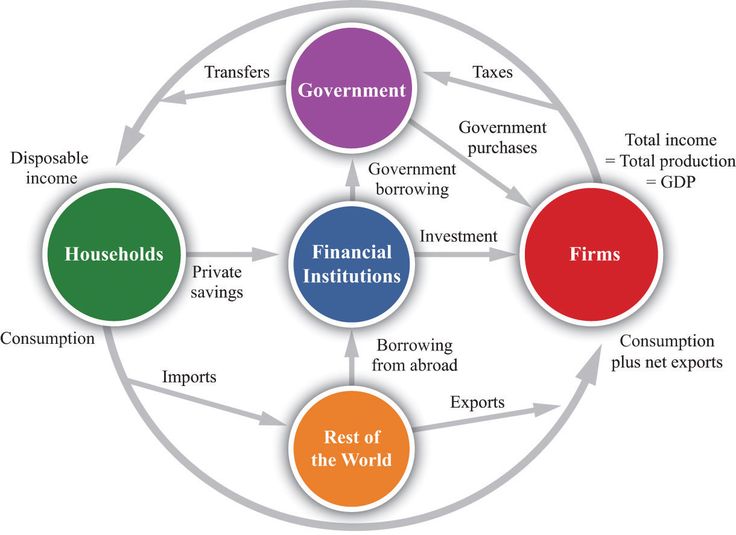 Share them with other parents whose children struggle with Maths.
Share them with other parents whose children struggle with Maths.
Basic Concepts in Mathematics | Sciencing
••• Rechenrahmen image by Yvonne Bogdanski from Fotolia.com
Updated April 24, 2017
By Erin Schreiner
Upon entering school, students begin to develop their basic math skills. Mathematics makes it possible for students to solve simple number based problems. Through the use of math, students can add up store purchases, determine necessary quantities of objects and calculate distances. While the discipline of math does become quite complex, there are some basic math skills that every student can and should learn during their math education program.
Number Sense
The first mathematics skill that students learn is basic number sense. Number sense is the order and value of numbers. Through the use of their number sense, students can recall that ten is more than five and that positive numbers indicate a greater value than their negative counterparts. Students commonly begin learning number sense skills in pre-school, and continue developing a more complex understanding of the concept throughout elementary school. Teachers introduce this skill to students by having them order digits and complete basic counting activities. They extend their knowledge by introducing the concept of the greater than and less than symbols and explaining what the use of each indicates.
Students commonly begin learning number sense skills in pre-school, and continue developing a more complex understanding of the concept throughout elementary school. Teachers introduce this skill to students by having them order digits and complete basic counting activities. They extend their knowledge by introducing the concept of the greater than and less than symbols and explaining what the use of each indicates.
Addition and Subtraction
The first mathematical operation that students learn is addition, followed closely by subtraction. Students begin studying these skills through the use of manipulatives, or physical tools that represent objects, as early as pre-school, and continue building their skills, adding and subtracting ever larger numbers through elementary school. When the skills are initially introduced, students perform rudimentary calculations using single digits. Later in their study, they practice applying these skills through the completion of story problems.
Multiplication and Division
After developing a complex understanding of addition and subtraction, students move on to studying multiplication and division. Depending on the student’s math achievement level, he may begin studying these operations as early as first grade. As with addition, students' study of these operations begins with single digit calculations. As they develop their multiplication and division skills, the problems become increasingly complex, involving larger numbers.
Decimals and Fractions
After students develop a strong understanding of number sense, they explore fractional numbers or numbers that lay between whole digits. Commonly this study begins in first grade with the exploration of basic fractions including ½ and ¼. After learning fractions, including how to add, subtract, divide and multiply non-whole numbers in fraction form, students study decimals. A strong understanding of fractions and decimals is vital, as students will use these non-whole numbers extensively as they continue their math study.
Related Articles
References
- NCTM: National Standards by Grade
- National Council for the Teachers of Mathematics: Math Skills
About the Author
Erin Schreiner is a freelance writer and teacher who holds a bachelor's degree from Bowling Green State University. She has been actively freelancing since 2008. Schreiner previously worked for a London-based freelance firm. Her work appears on eHow, Trails.com and RedEnvelope. She currently teaches writing to middle school students in Ohio and works on her writing craft regularly.
Photo Credits
Rechenrahmen image by Yvonne Bogdanski from Fotolia.com
Basic Concepts of Mathematics — Mathematical Structures Minor — National Research University Higher School of Economics
Course page
Reading: 1-2 2nd year module
Prerequisites: none
Labor intensity: 5 credits
64 class hours:
9001- 32 lecture hours;
- 32 hours of seminars.
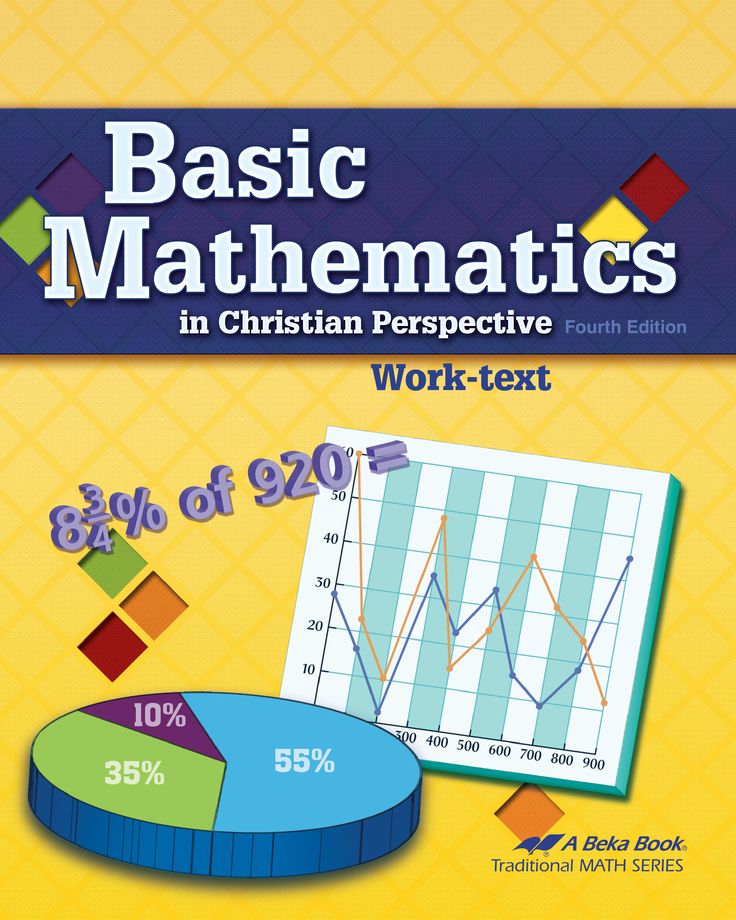
Control forms:
- exam;
- 1 test;
- 10 homework assignments.
Teachers
Kirichenko Valentina Alekseevna
Department of Mathematics: Associate Professor
About the course
Purpose of the course:
Master the key mathematical concepts used in modern mathematics and its many applications. Starting from the concepts of school mathematics familiar to everyone, such as number, line, function, we will get their far-reaching generalizations, such as rings, fields, vector spaces, transformation groups, operators. Students will also learn about the aims, problems, and methods of mathematics, from set theory to the beginnings of algebra, geometry, and analysis.
The following topics will be discussed in the course:
- What is a number? Natural numbers: Peano's axioms and the method of mathematical induction.
 Real numbers: Dedekind sections, Cauchy sequences. Complex numbers, quaternions, octaves, p-adic numbers. Generalizations: rings, fields, algebras.
Real numbers: Dedekind sections, Cauchy sequences. Complex numbers, quaternions, octaves, p-adic numbers. Generalizations: rings, fields, algebras. - What is planimetry? Hilbert's formal method: axiom systems of Euclidean geometry from Euclid to Hilbert and Kolmogorov. Groups of motions of the plane and space. Generalizations: linear space axioms, linear operators, bases, dimension, classical groups.
- What is a set? Sets, functions and mappings. Combinatorics: Dirichlet principle and Newton's binomial. Binary relations, equivalence and order relations. Countable sets, uncountable sets. Cantor's Diagonal Method and the Paradoxes of Naive Set Theory.
Homework and seminar tasks:
- DZ1 Seminar1
- DZ2 Workshop2
- DZ3 Seminar3
- DZ4 Seminar4
- DZ5
- DZ6 Seminar5
- DZ7 Seminar6
- DZ8 Seminar7
- DZ9 Workshop8
- DZ10 Seminar9
Lecture notes (2nd module):
- Lectures_until_30_11
Literature:
- V.
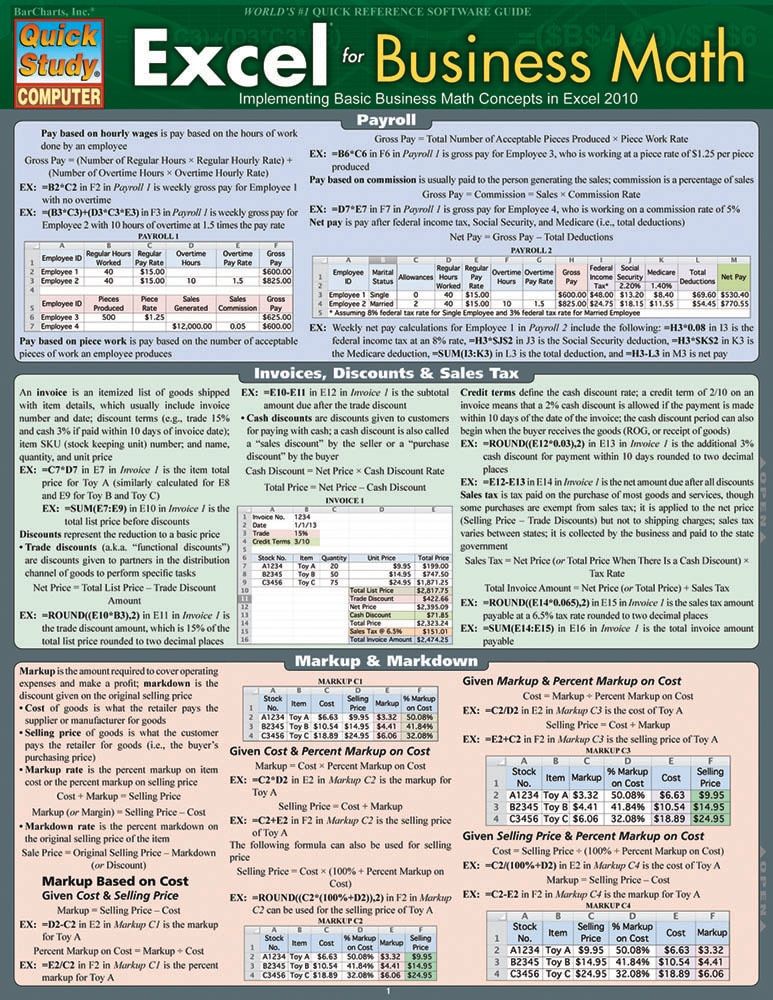 I. Arnold, Huygens and Barrow, Newton and Hooke, the first steps in mathematical analysis and catastrophe theory, from involute to quasicrystals. M., Nauka, 1989
I. Arnold, Huygens and Barrow, Newton and Hooke, the first steps in mathematical analysis and catastrophe theory, from involute to quasicrystals. M., Nauka, 1989 - D. Hilbert, S. Cohn-Vossen, Visual geometry. M.-L., ONTI, 1936
- G. Gindikin. Stories about physicists and mathematicians. M., MTSNMO, 2006
- A.A. Kirillov. What is a number? M., Fizmatlit, 1993
- R. Courant, G. Robbins What is mathematics? M., MTSNMO, 2013
- A. Shen. On "mathematical rigor" and the school course in mathematics, M.: MTsNMO, 2006.
Additional reading
S.V. Fomin. Number systems, 5th ed., M., Nauka, 1987
I.V. Arnold. Theoretical arithmetic, M., Uchpedgiz, 1938
A. Shen. Mathematical induction, 3rd ed., M., MTsNMO, 2007
G.E. Shilov. Simple gamma (device of a musical scale), Fizmatgiz, 1963
D. Hilbert. Foundations of Geometry, L., "The Sower", 1923
Euclid. Nachala, St. Petersburg, 1819
V.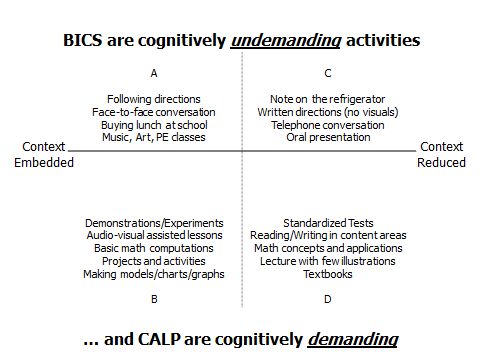 Yu. Protasov. Maxima and minima in geometry, Library "Mathematical Education", Issue 3, MCNMO, 2005
Yu. Protasov. Maxima and minima in geometry, Library "Mathematical Education", Issue 3, MCNMO, 2005
N.Ya. Vilenkin. Theory of sets, 4th ed., M., MTsNMO, 2007
Other minor courses:
- Computability and complexity
- Logic
- Graphs and topology
Basic mathematical concepts
The FEMP methodology in the system of pedagogical sciences is designed to help prepare preschool children for the perception and assimilation of mathematics - one of the most important subjects in school and the comprehensive development of the child.
The FEMT technique has a specific, purely mathematical terminology .
This is:
- set;
- number;
- counting and computing activities;
- value;
- geometric figures;
- time;
- space.
SET is a collection of objects that are considered as a whole . The world in which a person lives is represented by a variety of sets: a lot of stars in the sky, plants, animals around him, a lot of different sounds, parts of his own body.
Sets are made up of elements. The elements of the set are the objects that make up the set. These can be real objects (things, toys, drawings), as well as sounds, movements, numbers, etc. .
The elements of a set can be not only individual objects, but also their combinations . For example, when counting in pairs, triplets, tens. In these cases, the elements of the set are not one object, but two, three, ten - a set.
Thus, sets are considered as a set , a set , a collection of any objects and objects, united by a common, for all, characteristic property .
Any property can be considered as belonging to some objects.
Attention!
If you need help writing a paper, we recommend that you contact professionals. Over 70,000 authors are ready to help you right now. Free corrections and improvements. Find out the value of your work.
Calculation costGuaranteesReviews
For example, has the property of being red some flowers, berries, cars and other items. The property of being round is possessed by the moon, the ball, the wheels of bicycles and cars, parts of various machines and machine tools, etc.
The property of being round is possessed by the moon, the ball, the wheels of bicycles and cars, parts of various machines and machine tools, etc.
Thus, each property is associated with a set (objects) that have this property. It is also said that the set is characterized by the given property — or the set is given indicating a characteristic property.
Under the characteristic property of a set is understood such a property, which all objects belonging to a given set (elements of this set) have, and not a single object that does not belong to it, i.e. this item is not its element.
If some set A is specified by specifying the characteristic property P , then this is written as follows:
A = { x | P ( x )}
and reads like this: “ A is the set of all x such that x has the property P ”, or, in short, “A is the set of all having property P ". When they say: "the set of all objects that have the property P", they mean those and only those objects that have this property.
When they say: "the set of all objects that have the property P", they mean those and only those objects that have this property.
Thus, if the set A is given by the characteristic property P , this means that it consists of all objects that have this property, and only of them. If any a has the property P , then it belongs to the set A , and, conversely, if the object a belongs to the set A , then it has the property P .
An infinite set of objects can have some property, only a finite set can have another property. Therefore, the sets are subdivided into end and end .
A finite set can be specified by direct enumeration of all its elements in an arbitrary order. For example, the set of children of a given group living on Sadovaya Street can be described using a characteristic property: { x | x - lives on Sadovaya Street) or listing all its elements in an arbitrary order: {Lena, Sasha, Vitya, Ira, Kolya}.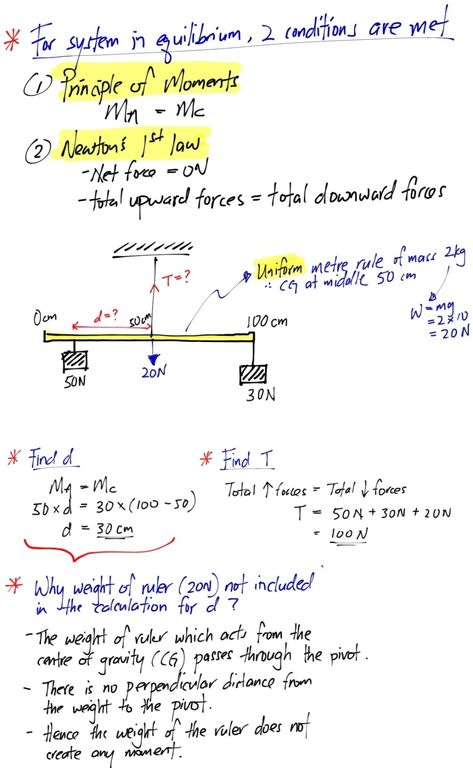
It is quite clear that an infinite set cannot be defined by listing all of its elements .
Mathematics mostly deals with infinite sets (numbers, points, figures and other objects), but the basic mathematical ideas and logical structures can be modeled on finite sets.
Naturally, in pre-mathematical preparation usually deals with finite sets .
COUNT - first and main mathematical activity based on element-by-element comparison of finite sets.
NUMBER is the general invariant category of the set , which is an indicator of the cardinality of the set. This is just a sound designation.
Theoretical foundations for the formation of elementary mathematical concepts in preschoolers include a detailed study only of the system of natural numbers . Therefore, when we say "numbers", we mean natural numbers.
NUMBERS - a system of characters (“letters”) for writing numbers (“words”) (numerical characters). The word "digit" without specification usually means one of the following ten characters: 0 1 2 3 4 5 6 7 8 9 (so-called "Arabic numerals"). Combinations of these numbers generate two (or more) digit numbers.
The word "digit" without specification usually means one of the following ten characters: 0 1 2 3 4 5 6 7 8 9 (so-called "Arabic numerals"). Combinations of these numbers generate two (or more) digit numbers.
The number has 2 values : number and ordinal.
With a quantitative value of , we are interested in the number of elements in the set. We use the question HOW MUCH? and we start counting with the cardinal number ONE.
With the ordinal value of a number, we are interested in the place of the number among others or the ordinal number of the element in the set. The question is WHICH COUNTS? and set the direction of the account. Ordinal numbers are used, counting begins with the word FIRST.
When we talk about quantity, it does not matter the direction of the count, the object from which the count started. The final number does not change. With an ordinal count, the final number may change.
COUNTING is considered as an activity with specific elements of the set, in which a relationship is established between objects and numerals.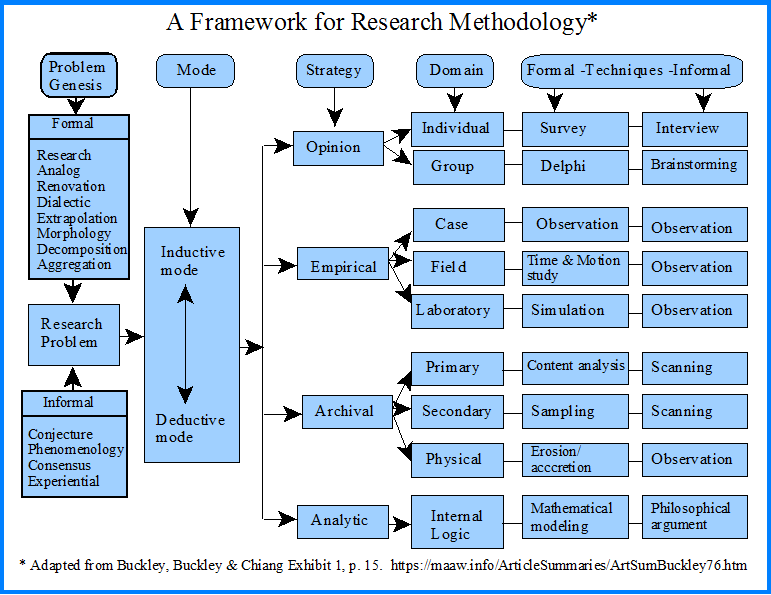 The study of numerals and sets of objects leads to the assimilation of counting activities.
The study of numerals and sets of objects leads to the assimilation of counting activities.
CALCULATION ACTIVITY - is an activity with abstract numbers, carried out through addition and subtraction. The simple naming of numerals will not be called counting activity. The system of computational actions is formed on the basis of quantitative knowledge.
VALUE is the quality and property of an object, with the help of which we compare objects with each other and establish a quantitative characteristic of the compared objects.
The concept the value in mathematics is considered as the main one.
A direct answer to the question “what is a quantity?” no, since the general concept of magnitude is a direct generalization of more specific concepts: length, area, volume, mass, speed, etc.
The size of an object is its relative characteristic , emphasizing the length of individual parts and determining its place among homogeneous ones. The value is a property of an object perceived by various analyzers: visual, tactile and motor. In this case, the size of an object is most often perceived simultaneously by several analyzers: visual-motor, tactile-motor, etc.
The value is a property of an object perceived by various analyzers: visual, tactile and motor. In this case, the size of an object is most often perceived simultaneously by several analyzers: visual-motor, tactile-motor, etc.
Item size, i.e. item size , determined by only based on comparison . It is impossible to say whether it is a large or a small object, it can only be compared with another.
The perception of the value depends on the distance from which the object is perceived, and also on the size of the object with which it is compared . The farther an object is from the one who perceives it, the smaller it seems, and vice versa, the closer it is, the larger it seems.
The characteristic of the size of the object also depends on its location in space . The same object can be characterized either as high (low), or as long (short). It depends on whether it is in a horizontal or vertical position. So, for example, in the figure, objects are located in a vertical position and are characterized as high and low, , and in another figure (in a horizontal position), these same objects are characterized as long and short.
So, for example, in the figure, objects are located in a vertical position and are characterized as high and low, , and in another figure (in a horizontal position), these same objects are characterized as long and short.
The value of an item is always relative , it depends on which item it is compared to . Comparing an object with a smaller one, we characterize it as a larger one, and comparing the same object with a larger one, we call it a smaller one.
So, the value of a particular object is characterized by such features : comparability, variability and relativity.
1) comparability carried out by:
- overlay,
- application,
- measurement using a conditional measure,
- comparison by eye.
2) relativity - depends on the object with which we compare, on the distance at which we compare, on the location in space.
3) variability .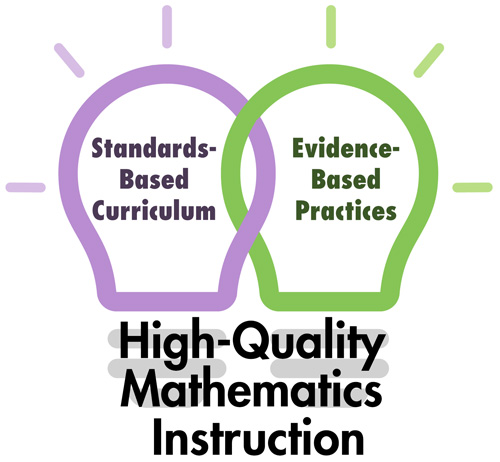 Size is closely related to size. And size is a property of magnitude variability. Each item has its own generic purpose. It can change its dimensions without changing its essence.
Size is closely related to size. And size is a property of magnitude variability. Each item has its own generic purpose. It can change its dimensions without changing its essence.
GEOMETRIC FIGURE is an abstract concept with the help of which we personify all the objects around us in form.
A geometric figure is the presence of points on a plane, limited by space.
Figures are flat (circle, square, triangle, polygon…) and spatial (ball, cube, parallelepiped, cone...), which are also called geometric bodies.
GEOMETRIC BODY is a closed part of space, limited by flat and curved surfaces.
If the surface bounding the body consists of planes, then the body is called a polyhedron . These planes intersect along straight lines, which are called edges, and form the faces of the body. Each of the faces is a polygon whose sides are the edges of the polyhedron; the vertices of this polygon are called the vertices of the polyhedron.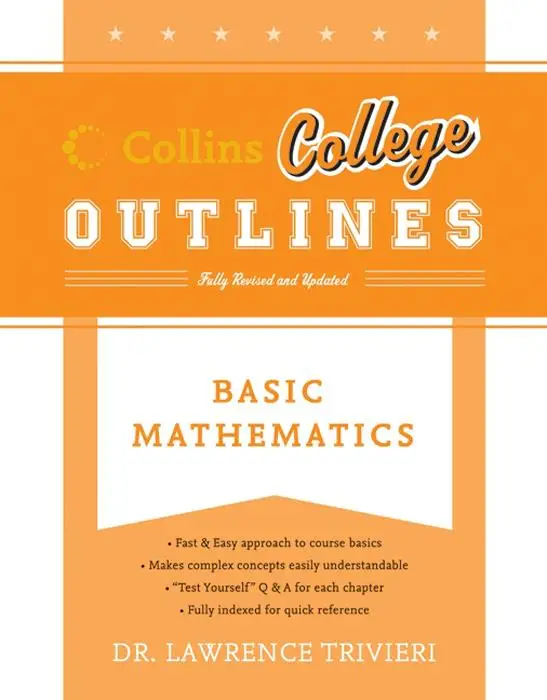
Some polyhedra with a certain number of faces have special names : tetrahedron - tetrahedron, hexahedron - exahedron, octahedron - octahedron, dodecahedron - dodecahedron, twenty-sided - icosahedron.
What is a geometric FORM?
SHAPE is the outline, the outer appearance of an object.
Form (lat. forma - form, appearance) – the relative position of the boundaries (contours) of an object, object, as well as the mutual position of the line points.
TIME is a philosophical concept that is characterized by the change of events and phenomena and the duration of their existence.
Time has properties :
- fluidity (time cannot be stopped)
- irreversibility and uniqueness
- duration .
SPACE is the quality by which relationships such as neighborhoods and distances are established.
Orientation in space implies orientation towards oneself, away from oneself, from other objects, orientation on the plane and orientation on the ground.

